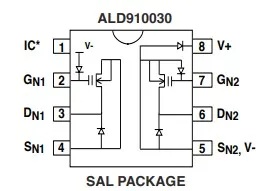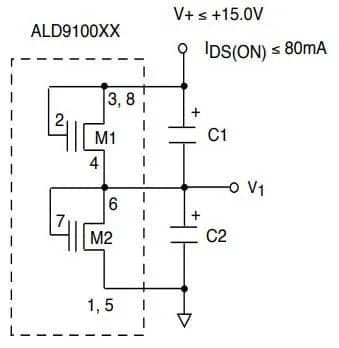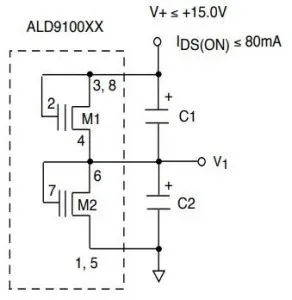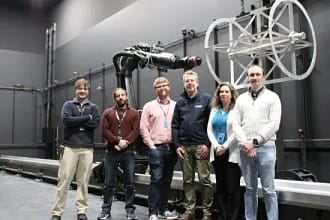Inside is a pair of mosfet-like devices with a sharp ‘knee’ in their voltage-current characteristic.
As such, they are not literally balancing, but are clamping against over-voltage and passing spare current to the other cell.
Called ALD910030, “this dual mosfet provides auto-balancing capabilities and power management for supercapacitors ranging from 2.8V to 3.3V”, said ALD. It “uses virtually no power for cell balancing and prevents most catastrophic failures”.

The company introduced a quad mosfet for balancing for four cells (ALD810030) in 2022.
Is the new part simply half of that?
No, is the answer.
“The balancing transistors in the dual ALD910030 do not have exactly the same voltage-current characteristics as those in the quad ALD810030. ALD910030 produces higher current at a given voltage compared to ALD810030 – for example reaching 100µA at 3.22V versus 3.24V, and 1,000µA at 3.44V versus 3.52V, respectively,” the company told Electronics Weekly. “This means the ALD910030 enters its active balancing range at slightly lower voltages.”
That said both devices are based on the same technology and, for low leakage when not required, both share a typical gate threshold voltage of 3.00V at 1µA Ids (with Vin, Vgs and Vds identical), it said.
Operation is over -40 to +85°C, it comes in an 8pin SOIC, and is available through Digi-Key and Mouser,




